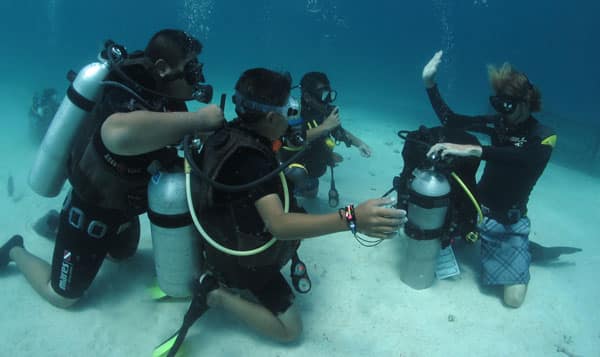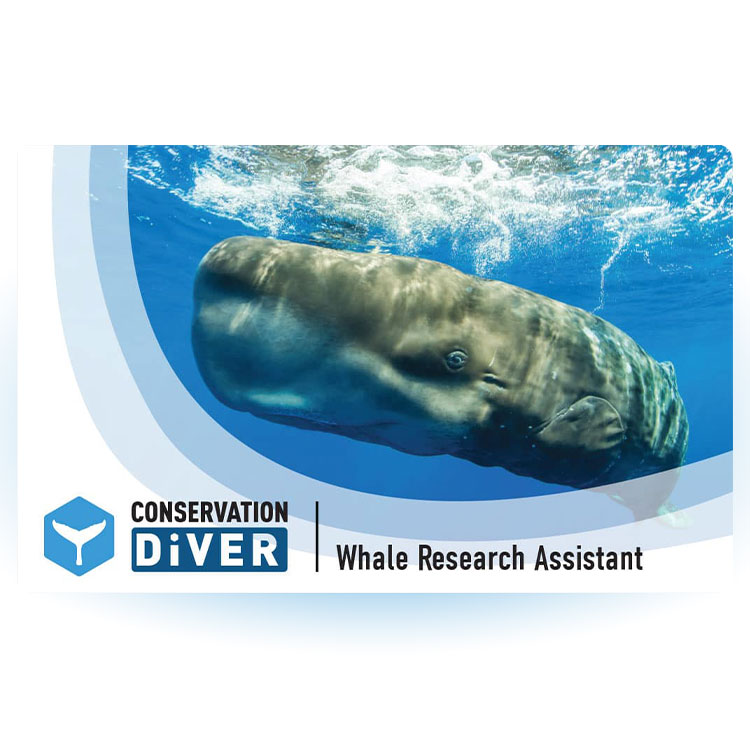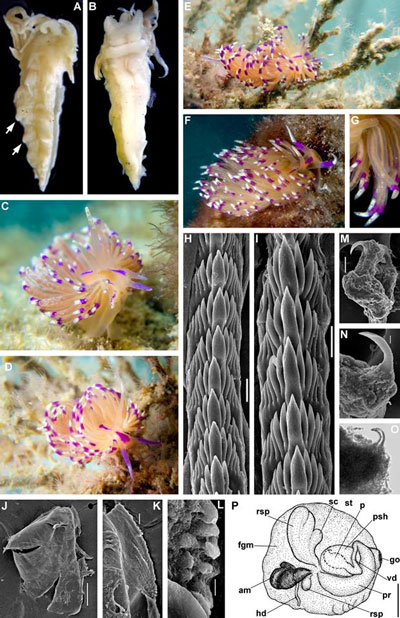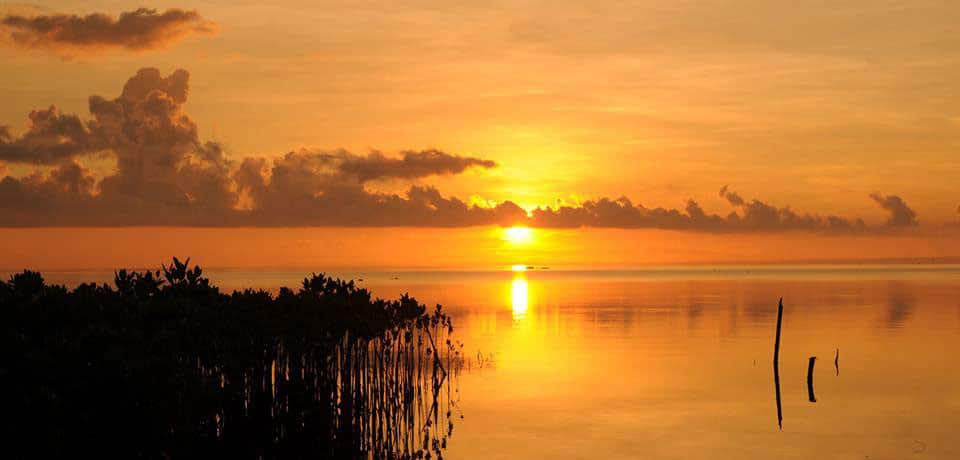Our Newest Marine Conservation Trainer, Leon Haines
Congratulations to our newest marine conservation trainer, Leon Haines. Leon got his start in marine conservation in 2014 when he conducted an extended internship at the New Heaven Reef Conservation Program in Thailand while attending the Van Hall Laurenstein University in the Netherlands. While at the program, Leon concentrated on the assessment of the Crown of Thorns Starfish around the island, and in 2015 completed his project titled “The dietary preferences, depth range and size of the Crown of Thorns Starfish (Acanthaster spp.) on the coral reefs of Koh Tao, Thailand.”
According to members of the Koh Tao team, Leon was a charismatic and hardworking intern who made every effort to enrich his knowledge and skill levels. He was a great team member and team leader who also worked independently to pursue a deeper understanding of the threats to the world’s coral reefs.
Following his internship and training, Leon traveled the globe to explore and join other volunteer projects before settling in at the Blue Marlin Dive center in Gili Air, Indonesia. There he will be setting up his own marine conservation program and will begin by teaching coral reef ecology, coral reef monitoring, coral nursery techniques, and artificial reef methods and uses according to the standards and requirements of Conservation Diver. His goal is to “to raise awareness amongst divers and teach people what they can do to help preserve the fragile ecosystems we rely upon so much.”
We wish Leon all the best of luck on his endeavors, and are confident that he will make an extraordinary Conservation Diver Trainer. We encourage all visitors to the area to contact him, and drop by to say hello or help out in his efforts.
Teaching the Deep Dive
One of a SCUBA divers most memorable training moments is often their first ‘deep dive’. The thrill and adrenaline of knowing that you will be going more than 18 meters below the ocean waves, below the realm of most swimmers or snorkelers, and into the territory of the ocean abyss. But upon descending, most quickly realize that their fears of the deep are unsubstantiated, and in fact going to 30 meters is not that much different from 16 meters in terms of perceivable effects to the human body. For this reason, dive instructors around the globe have been coming up with fun, interactive, and informative ways to show divers the physical effects of descending down where pressures are more than double that of the surface.
Some of the most common tools used are color charts, which allow divers to see the differences in light levels at depth due to the preferential absorption of red light. Another technique is to get divers to take a short quiz at depth, to show how brain speed can be slowed down due to the biological effects of an increased partial pressure of inert nitrogen gas. Unfortunately, a more recent practice has been the act of bringing down an uncooked egg to show the effects of increased pressure. In this technique, the egg is brought down to depth and cracked, at which point the egg white can be removed and the yolk remains intact. Generally, then the students will have a moment to feel or toss around the egg yolk, before continuing the dive.
With hundreds of thousands of people learning to dive each year, this can add up to a lot of eggs introduced to fragile coral reef dive sites. The act of using an egg to demonstrate the effects of increased pressure is not a sanctioned skill by any leading certification organization, and may also have detrimental effects to marine life. Some of the reasons why this practice should be discontinued include:
- Breaking eggs under water violates two rules and regulations, the first being fish feeding and the second being throwing food waste into the sea in a coral reef area. These practices are not allowed on most reefs as it contributes to increased nutrient and macro-algae levels which contributes to coral reef degradation. Herbivores and detritivores fish which should be eating algae and waste off the reef instead are eating food from boats or divers. The behavior of the fishes also changes, leading in some cases to attacks on divers or snorkelers (for example, see the Phuket case of a diver who lost a finger from a moray eel who was accustomed to being fed sausages by divers.)
- Uncooked chicken eggs, especially those which are industrially produced, contain many foreign bacteria, viruses, hormones, anti-biotics, and prions that can increase the prevalence of disease among fish, coral and other marine life.
- As the eggs are brought down in plastic bags and often wrapped in paper it contributs to marine debris.
- The egg technique is not the most effective nor educational means of teaching the deep dive, and does little to truly teach divers about the environment. Techniques using sanctioned teaching materials (such as color charts) or reusable items (such as inflatable sports balls) are already adequate and have been proven to increase a divers understanding of the effects of diving below 18 meters while still being fun and interactive.
The Koh Tao Team Makes a New Nudibranch Discovery
A new discovery of a species of nudibranch was recently described by our partners on Koh Tao, the New Heaven Reef Conservation Program. The previously undescribed species was first recorded on the team’s coral nurseries in 2009, while instructors and students were preforming their regular maintenance duties. They did not initially realize the importance of their discovery, and were merely mesmerized by the beauty of this unique sea slug.
Later, Conservation Diver trainer and long-time NHRCP instructor, Rahul Mehrotra realized that this species was new to science while working on a paper related to his PhD. Rahul then worked with other researchers to describe the animal, which is now known as Unidentia aliciae.
This is the third nudibranch species which has been described from Koh Tao through Rahul’s work (also Arminia occulta and Armina scotti), bringing the number of known sea slugs from the island to a total of over 150 species, with several more undescribed species recorded. Rahul, and the team at the NHRCP are continuing their efforts to document and increase the knowledge of the biodiversity of the island’s reefs in a concerted effort to protect it. You can read more about this story on their website.
A New species of Sea Slug - Found on Koh Tao
Biodiversity is one of the keys to a healthy ecosystem, and assessing biodiversity in a changing world is one of the top priories of scientists around the world, only then can we know what needs to be protected. Conservation Diver Trainer, Rahul Mehrotra at the New Heaven Reef Conservation Program (NHRCP) has been working hard for over 5 years now to record the diversity of sea slugs on the island of Koh Tao, Thailand. More recently, he has also turned this work into a PhD thesis project at Chulalongkorn University, in Bangkok.
The project has yielded some interesting results, with over 120 species of nudibranchs and sea slugs recorded for the island, bringing the total for Thaialnd to 240. A few of the species that Rahul and the rest of the NHRCP team have found are new species, or not yet described or named scientifically. Recently Rahul described one of these species, belonging to the genera Armenia. This new species, is now named Armina scotti, and is has first been described on Koh Tao, but can be found in other areas in the region.
The full paper, On the genus Armina (Gastropoda: Heterobranchia: Nudibranchia) in Thailand, has been published in the Journal of Marine Biodiveristy. Also keep an eye out this upcoming year for the publication of a Sea Slug guide to the Gulf of Thailand, including the over 120 species so far identified for the region.
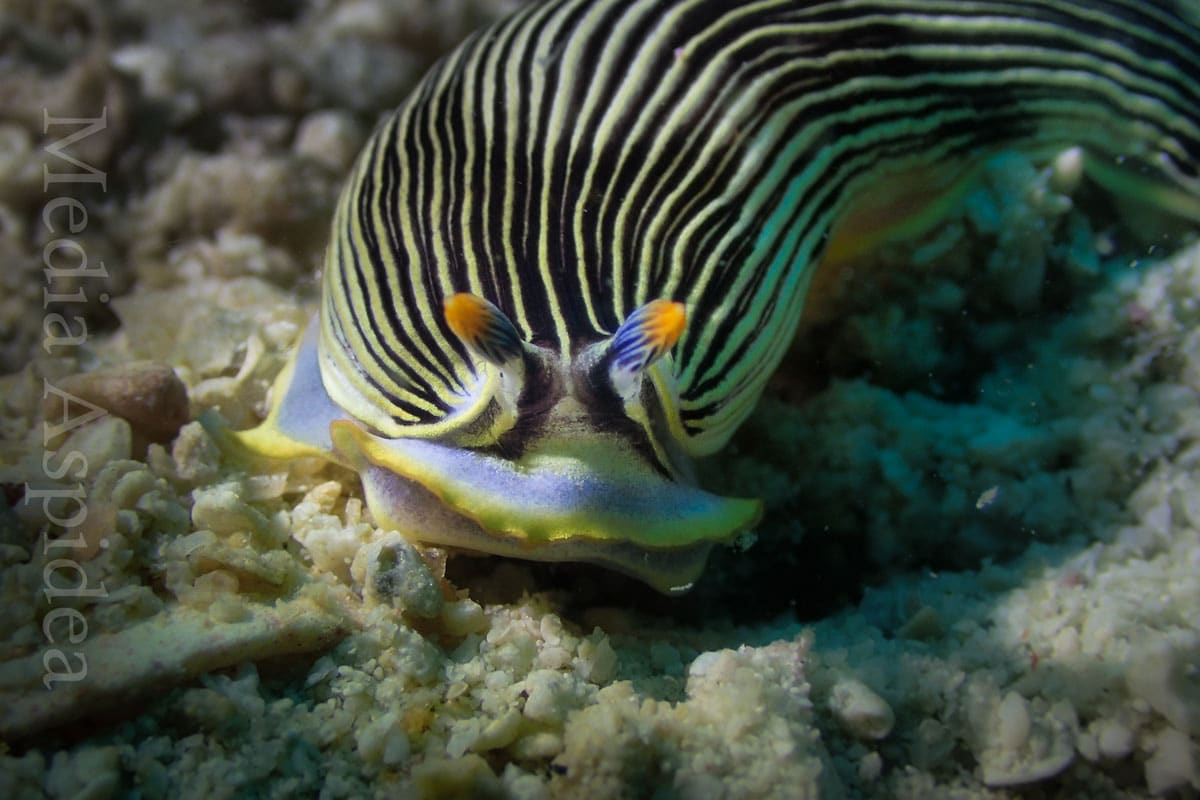
Conservation Divers Discover Rare Coral on Koh Tao
Conservation Diver Trainer Pau Urgell recently made a pretty important discovery during an Ecological Monitoring Program survey - a rare species of soft coral that seemed to be making a skeleton. Pau knew that hard corals have tentacles in multiples of six, and soft corrals in multiples of eight, so something was not right when an eight tentacled coral was encrusting over the rocks and clams. Getting back to the office, he tried and tried to identify this strange Octocoral, to no avail, until, with some help from the rest of the team, they discovered it was a very rare species in the genus called Nanipora, which previously has only been observed in one small location in Japan.
Over the next few months, Pau and others worked to get more data on this strange coral, collecting samples for analysis and mapping the range of the colonies that could be found around the EMP line in Hin Wong Bay, Koh Tao. Through that process, another amazing discovery was made, this coral contained zooxanthallae, the symbiotic algae that hard corals use to make their calcium carbonate skeleton.
The results of all these findings have been written up in the Journal of Marine Biodiversity, which you can find here. This goes to show how careful observations, combined with good science, can yield exciting new information. For now, we will continue to enjoy seeing this rare species of coral, knowing that there is only one place other than Koh Tao where it exists.

Fig. 2 Colonies of Nanipora coral. a Close-up lateral view of polyps with view of pinnules. View of skeleton and calyces with polyps retracted. c Edge of laminar growth as viewed through a low magnification microscope showing pores and granular pigmentation. d Magnified view of extracted Symbiodinium (Urgell et al. 2017)
Conservation Diver returns to the Philippines, April 2017
Conservation Divers Rahul Mehrotra and Spencer Arnold returned to the Philippines in 2017 to continue the research and ecological consultancy work from the initial assessment in 2016.
The small and rural municipality of Toboso has historically been a fishing and agriculture driven community for many decades. Recent years have shown heavy declines in fish stocks. As part of broader national incentives and to assess the coastal ecosystem and fishery health, the local NGO, Worldreef Toboso, has been working with the local government to create an MPA and zonation plan for the area.
[su_slider source="media: 400,399,398,397,396,395,394,393" width="260" height="260" speed="1300"]
Conservation Diver was invited to carry out the local assessment and research to promote the local conservation efforts. The 2016 assessment found that though the coral reefs, mangroves and seagrass habitats appeared healthy and abundant in places, the vast majority of fish diversity and adult fish abundance, was absent. Additionally it was found that the presently proposed MPA failed to protect most of the healthy and diverse reef ecosystems, and instead covered sparse and degraded habitats. The full 2016 report can be downloaded here.
This year, Conservation Diver Trainers returned to the area to provide scientific evidence for the proposed extended MPA area, while also conducting further assessments of the local fishery. The 2017 Toboso project concluded with more data collection from both the original and the newly proposed MPA locations yielding some fascinating findings. Additionally, deeper EMP transects were carried out throughout the coastline. These deeper surveys showed that what was left of the adult/larger individuals of the key ecological fish species were to be found at the deeper extent of high-abundance coral reefs. Presumably, the challenges to fisherfolk kept these deeper areas as effective refuges.
A greater focus was applied also to the algal diversity at Toboso in the second week. Though the data analysis for the findings is still very much in its early stages, it is believed that this years work is likely to have added a further 100 or so species to the 400 established thus far. Finally, the trip concluded with a meeting with the Mayor and a number of the governing staff of the nearby municipality of Escalante, with potentially exciting developments for a 2018 expedition.
The next several weeks will be spent analysing the mountain of data collected during the expedition to produce a new, updated report to the highly successful report from 2016.
[su_slider source="media: 410,409,408,407,406,405,404,403,402,401" width="260" height="260" speed="1300"]
Conservation Diver in Toboso, Philippines, July 2016
Toboso is a rural area in the province of Negros Occidental with almost no prior marine habitat usage outside of fishing. In July of 2016, Conservation Diver Trainer Rahul Mehrotra joined the "Worldreef, Toboso" organization to assist in expanding the baseline knowledge of biodiversity in the area and conduct preliminary assessments of the habitats in the vicinity of the MPA.
Much work had already been conducted by Worldreef in initiating and processing the MPA, working closely with the local governmental authorities. Yet, a large number of criteria were still required to maximize the case for the creation of the MPA, and surrounding Marine Reserve.
The job of Rahul, first and foremost, was the establishing of an accurate database of flora and fauna in the area. An assessment and broad management plan of the habitats in the area was carried out according to the methods covered in the Conservation Diver courses.

Much talk had also gone into the economic aspects and opportunities of the MPA and surrounding zonation, including particular work with the Department of Agriculture and other independent groups regarding fisheries management and restocking opportunities. Focus is also being put on attractive species to tourism with what is available in the area, which has proven to be a challenge given the severe over-fishing the region has faced.
After a few days of focus on biodiversity assessment and taxonomic restructuring of the known database, the team at Toboso focused efforts on conducting transect surveys to assess the health and diversity of reefs in the area.
The transect methods were adapted from the Conservation Diver syllabus to address key focal points in the area. These were to identify species key to the 3 main goals of the assessment, ecological value, economic value (fisheries), and potential economic value (tourism).
Substrate surveys indicated that certain key areas show high diversity and relatively high coral cover, for the area, with some places showing over 40% coral coverage. A number of the corals deeper than 3 meters had shown recent signs of bleaching stress, with isolated pockets of bleached and diseased corals, but largely looked healthy. It is likely that the worst of the bleaching to hit these reefs occurred weeks to months prior to these surveys being conducted, and with the start of the cooler rainy season in the area, we hope the remaining corals get some relief from their ordeal.
Invertebrate and Vertebrate surveys looked far less promising, with very little sign of large fish life or diversity. Overfishing in the area over multiple years has led to a severely understocked fishery with only 3 individual fish larger than approx 30cm, being witnessed in over 15 surveys. Thats 3 fish, total. All others are juveniles or small species and diversity is deemed to be lacking.
Invertebrate surveys agreed with findings of the vertebrate surveys in that any organisms with fishery value appear to have been fished to near eradication. Key examples are the Giant Clams and Sea Cucumbers, both of which show severe depletion at all locations. A total of 3 giant clams were witnessed in all surveys, and all were at depths greater than 3 meters. Based on internal discussions, the precise location of these clams will be withheld to promote their survival

To conclude on a positive note, only a single transect saw signs of Crown of Thorns, with 3 being found along a 50 meter line. The current view of the ecosystem is one of possible high diversity and health, but would require strict and immediate measures to be put in place to allow the fisheries to recover. Patrol boats have been acquired for the use of monitoring the MPA area when it comes into effect, which should assist in the enforcement yet to come. The marine environment, and all its ecosystems here at Toboso shows incredible potential but requires a lot of help and restoration to reach that potential.
A glimpse of the past and a look to the future of the coral reefs of Toboso.
The research and conservation carried out at Toboso during this expedition has concluded yielded a report of findings in due course. During the final week of the expedition, a number of key events took place that provided evidence for the dire need for restorative work to be carried out at Toboso, and the possible beginnings of a future regular collaborative effort.Much of the time in the final week had been spent compiling and analysing data on the health, and importantly, location of much of the reefs in the region. This data additionally resulted in a number of key, important records to add to the growing list of species recorded from the region.
During the proposition of the MPA, a number of local and regional authorities demanded a minimum species inventory of 100 species to qualify the region for an MPA. The source of this rather absurd figure was never found, but regardless, the team has since catalogued a total inventory of 3 times the minimum value, reaching well over 300 species, with many more to be recorded.
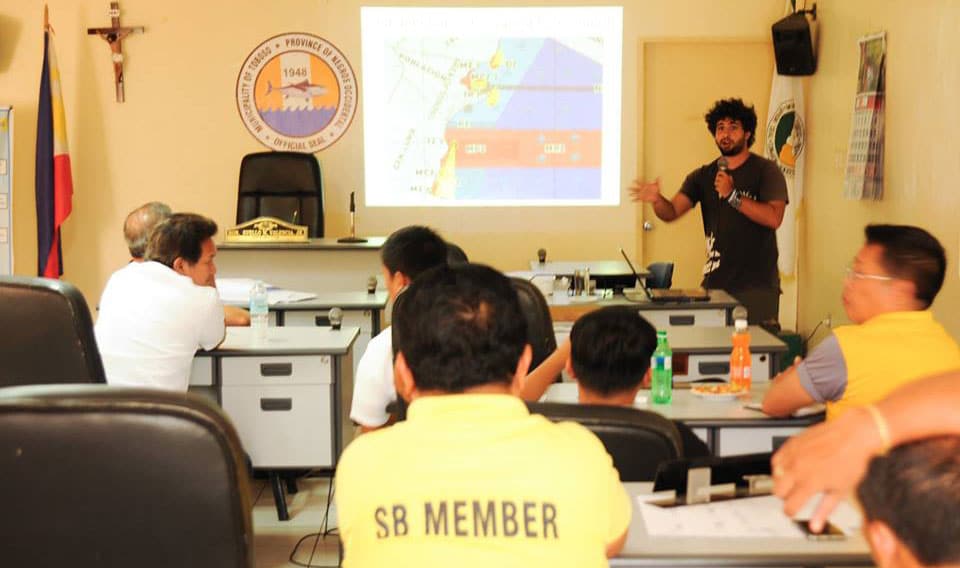
A presentation and meeting with the local municipality and number of stakeholders by the Conservation Diver team was largely deemed to be a resounding success with much discussion and agreement on the need to alter current practices and amend MPA proposition as it currently stands. Full details can be found in the report.
During surveys in the local area, a large fish trap and cage was found showing limited success and arguably more harm than good. This particular trap was found less than 5 meters from the edge of the local coral reef, and represents a common practice in the region. Relative to other methods used in the Philippines, this method has the potential to be far less disruptive, however location and implementation must be reviewed in an area where edible fish stocks have been almost completely depleted. Given the enormous size of the local 'menu', this poses dire consequences for local fisheries.
Finally, 48 hours prior to departure, the team was contacted at dawn about a large sunfish (Mola mola), that had been incidentally caught and had unfortunately perished in the net during attempts to free it. The large oceanic fish has not been seen or landed in Toboso for a number of years, and further hints at the problems of insufficient infrastructure to manage such issues.
The official report is publicly available and will hopefully help to promote tourism activity over fishing in Toboso. A number of difficult steps are outlined, and need to be realized, if the incredible life and potential of Toboso is to be saved.
"As it currently stands, the marine environment at Toboso is in dire need of effective restoration as much of the life has already been lost, and what is left may soon follow. The environmental and economic gains of this restoration could be substantial, should stakeholders work together to capitalize on it."
[su_custom_gallery source="media: 374,386,376,381,382,384,385,380,387,379,378" width="400" height="400"]
Working with Island Livelihoods Institute and Corals Blue in the Maldives, May 2016
In May of 2016, Conservation Diver Trainers Pau Urgell and Kait Harris were invited by the Island Livelihood Institute to come and help with marine conservation projects and education in the Maldives. The team spent several weeks in the Maldives sharing their knowledge of coral reef ecology and coral restoration. The project could not have happened at a more salient time, as coral reef bleaching was very severe during the period.
The first stop for the team was the island of Fainu. Here the team was involved in training local islanders, children, in the techniques of coral reef education and action of Conservation Diver, and also strengthening ties with a local conservation group, Corals Blue. They spent some time teaching children of grades 8-10 about the reefs, and detailing some of the local and global threats facing the reefs the islanders depend upon. The following day they put theory into practice by taking the students on a beach clean-up, and having a competition to see who could collect the most rubbish. In all, over 70 bags of plastic bottles, rope, wrappers and Styrofoam were collected over the space of an hour. After the clean-up, the students learnt a little bit about the Coral Blue gardening project, and why it is so important as a restoration method. For demonstration purposes, they practiced the proper attachment technique using dead coral fragments found on the beach and attaching them to the domes.


